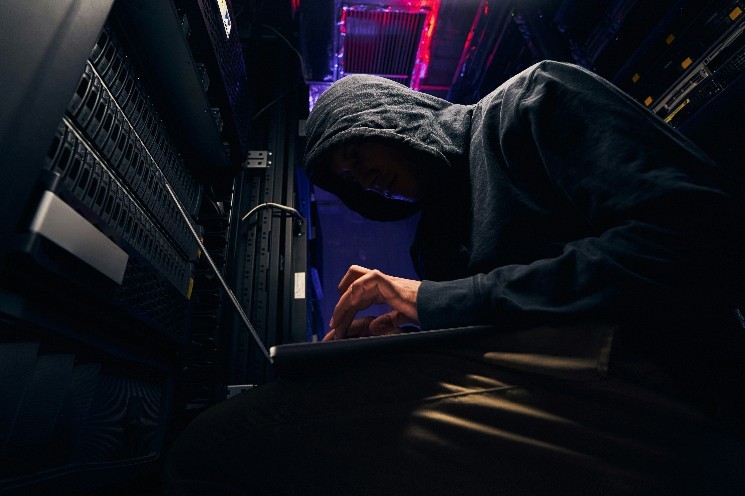The Monero 51% Attack Problem: Details of the Scandalous Qubic Network Takeover

Monero, the leading privacy-focused cryptocurrency, is facing one of the most serious security threats in its history.
The Qubic project, led by IOTA co-founder Sergey Ivancheglo, says it now controls more than 51% of the network's hashrate. In blockchains protected by Proof-of-Work algorithms (the same method used in Bitcoin), such a high level of control allows an attacker to change the transaction history, block transactions, or carry out double-spend attacks.
The Qubic blog described the takeover as an “experiment” that was a “strategic and sometimes aggressive application of game theory.”
Developers, miners, and security experts are currently debating whether the network's decentralization is really as secure as many previously believed.
What is a 51% attack?
In a proof-of-work blockchain, miners compete to add new blocks of transactions to the chain. If one group controls more than half of the total computing power, it can outpace the rest of the participants.
This level of control opens the door to a number of actions that can undermine trust in the network. These include reorganizing the chain, commonly referred to as “reorging,” which involves replacing previously confirmed blocks with new ones. It also includes double spending, which means sending the same token twice.
Perhaps the most effective aspect of a 51% attack is censoring transactions, preventing some payments from being confirmed, which is especially relevant for Monero given its focus on privacy.
These attacks are not just theoretical. Ethereum Classic has been attacked multiple times in 2020, causing millions of dollars in losses. Bitcoin Gold faced similar incidents in 2018 and 2020. Smaller tokens like Verge have also been attacked and destabilized.
Why Monero is Still Under Threat
Monero uses the RandomX algorithm to make mining difficult using application-specific integrated circuits (ASICs), incentivizing the use of CPUs for mining. This architecture was designed to support a decentralized network. This is why Qubic has seen such significant growth. From less than 2% of Monero’s hashrate in May, it increased to over 25% by the end of July and is reported to have exceeded 51%.
Qubic uses a “useful proof of work” system that converts Monero mining rewards into USDT, then uses those funds to buy and burn its native QUBIC tokens. This mechanism is unusual: it combines a mining strategy with a reduction in token supply. This continually strengthens Qubic’s control over Monero’s computing power.
Qubic just achieved 51% stake in Monero. This is a huge achievement. They will be the first to 51% attack a cryptocurrency. They intend to strip all other miners of all blocks by becoming the sole miner of Monero. The only way to mine Monero is… pic.twitter.com/rIihj5CtPo
— Caffeinated User | ꓘ & ױ (@CaffeinatedUser) August 11, 2025
Ledger CTO Charles Guillemet noted that “it costs $75 million a day to maintain this attack,” adding that while it could potentially be profitable, “it threatens to undermine trust in the network almost immediately. There is no incentive for other miners to continue.”
The BitMEX study states: “Qubic claims that the ultimate goal is to capture all of Monero's block rewards, which essentially means full, permanent selfish mining. It is unclear whether they will be able to achieve this. If they do, the coin's value could fall.”
And so it happened. Monero's XMR is currently trading at $252, down 6% in the last 24 hours and down 13.5% in the last seven days.
What does this mean for Monero?
Qubic's blog post says the goal of the takeover was not to destroy Monero, but to demonstrate that economic incentives and a coordinated mining strategy can give a smaller protocol effective control over a much larger one.
According to Qubic, the experiment was aimed at testing the possibility of profitably redirecting mining resources from the target network to the economic circuit of another protocol.
Qubic claims that at its peak, Monero mining was nearly three times more profitable than traditional mining. A community-approved reward system restructure increased validator payouts and attracted miners away from other Monero pools.
Qubic has surpassed 51% of the Monero hashrate, effectively taking control of the network.
Qubic has decided not to proceed with the takeover for now, confirming the theory's effectiveness in practice.
But the story isn't over yet. What's next for Qubic and the future of PoW chains?
Article below⏬ pic.twitter.com/JqQNqpy95j
— Qubic (@_Qubic_) August 12, 2025
Qubic's first takeover attempt was met with sustained distributed denial of service (DDOS) attacks that disrupted edge services for more than a week but failed to bring down
Source: cryptonews.net



